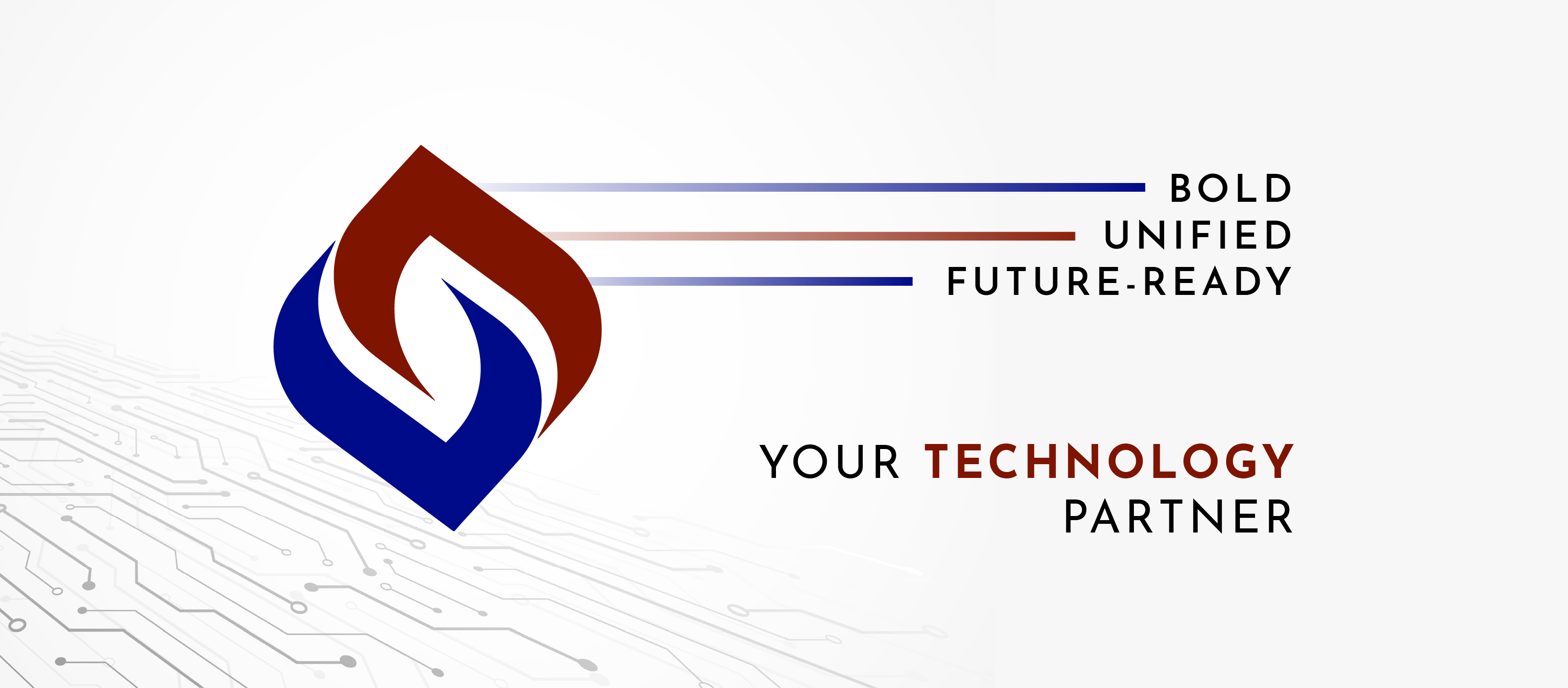Enhancing Security in Backend Development: Best Practices for Developers

Strong 8k brings an ultra-HD IPTV experience to your living room and your pocket.
In today’s rapidly evolving digital environment, security in backend systems is paramount. As the backbone of web applications, the backend handles sensitive data processing, storage, and communication. Any vulnerabilities in this layer can lead to catastrophic breaches, affecting user trust and business integrity. This article highlights essential best practices to ensure your backend development meets the highest security standards.
1. Implement Strong Authentication and Authorization
One of the primary steps in securing backend development services is implementing robust authentication and authorization protocols. Password-based systems alone are no longer sufficient. Modern solutions like OAuth 2.0 and JSON Web Tokens (JWT) offer secure ways to manage user sessions. Multi-factor authentication (MFA) adds another layer of protection, requiring users to verify their identity using multiple methods, such as a password and a one-time code.
Authorization should be handled carefully to ensure users only access resources relevant to their role. By limiting privileges, you reduce the risk of sensitive data falling into the wrong hands. This practice is particularly crucial for applications that involve multiple user roles, such as administrators, managers, and end-users.
2. Encrypt Data in Transit and at Rest
Data encryption is a non-negotiable aspect of backend security. When data travels between servers and clients, it is vulnerable to interception. Implement HTTPS to secure this communication channel using SSL/TLS protocols. For data stored in databases, use encryption techniques that prevent unauthorized access. Even if an attacker gains access to the storage, encrypted data remains unreadable without the decryption keys.
Managing encryption keys securely is equally important. Store keys in hardware security modules (HSMs) or use services like AWS Key Management Service (KMS) to ensure they are well-protected. Regularly rotate keys to further reduce the risk of exposure.
3. Prevent SQL Injection and Other Injection Attacks
Injection attacks, particularly SQL injections, remain one of the most common threats to backend technologies for web development. Attackers exploit poorly sanitized input fields to execute malicious SQL queries. This can lead to unauthorized data access or even complete control of the database.
To mitigate this risk, always validate and sanitize user inputs. Use parameterized queries or prepared statements, which ensure that user-provided data cannot alter the intended database commands. Additionally, educate developers on the risks of injection attacks and implement static code analysis tools to identify vulnerabilities during the development process.
4. Employ Secure API Design
APIs are integral to backend development but can also serve as entry points for attackers if not secured properly. Authentication tokens, input validation, and rate limiting are essential to preventing unauthorized access and abuse. Moreover, all API endpoints should be designed with security-first principles.
For example, avoid exposing sensitive information in API responses. Error messages should be generic and not reveal the backend structure. Consider using tools like API gateways to enforce security policies, including data masking, IP whitelisting, and token validation.
5. Keep Dependencies Updated and Patched
Third-party libraries and frameworks streamline development but can introduce vulnerabilities if not updated regularly. Outdated software components are a common attack vector. Perform routine dependency checks and integrate automated vulnerability scanners like Snyk or Dependabot into your CI/CD pipeline.
Beyond updates, consider using tools to analyze your application for known vulnerabilities. For instance, dependency management tools can identify and notify you of outdated libraries, helping you stay ahead of potential risks.
6. Adopt Role-Based Access Control (RBAC)
Access management is a critical component of secure backend systems. Role-Based Access Control (RBAC) ensures users and applications have access only to what they need. Define roles clearly and assign permissions at a granular level. For example, a customer service representative may only access user profile data, while an admin might have permissions to modify backend configurations.
Implementing RBAC reduces the potential damage of a compromised user account. For added security, monitor access logs for unusual patterns, such as repeated failed login attempts or unauthorized access to restricted resources.
7. Harden Your Database Configurations
Databases are at the heart of backend systems, making them a prime target for attackers. Properly configuring your database is essential. Start by disabling unnecessary services and default accounts that could be exploited. Enforce strong password policies and ensure that sensitive data, such as passwords, is hashed using secure algorithms like bcrypt or Argon2.
Database permissions should also be restricted. Grant the least privilege necessary to applications interacting with the database. Regularly audit these permissions to identify and eliminate unnecessary access.
8. Monitor and Log Backend Activities
Real-time monitoring and logging are critical for detecting and responding to security threats. Implement tools like Logstash, Prometheus, and Kibana to track server activity and identify anomalies. Logs should include information about authentication attempts, database queries, and API usage.
However, ensure that logs themselves are secure. Store them in centralized, access-controlled environments and avoid exposing them to unauthorized users. Use log analysis tools to proactively identify patterns that may indicate an ongoing attack.
9. Mitigate Cross-Site Scripting (XSS) Risks
Cross-site scripting attacks can compromise your backend security through malicious scripts. To prevent XSS attacks, validate and sanitize all inputs received from the client side. Implement Content Security Policies (CSP) that restrict the types of scripts that can run within the application.
Another effective measure is to encode output data before rendering it in the user’s browser. For example, HTML encoding ensures that malicious scripts cannot execute, even if injected.
10. Secure Cloud Infrastructure
As businesses increasingly migrate to the cloud, backend developers must adapt to the unique challenges of cloud security. Use Identity and Access Management (IAM) features provided by cloud platforms like AWS, Google Cloud, and Azure to define precise permissions.
Enable encryption for all data stored in the cloud and use virtual private clouds (VPCs) to isolate your infrastructure from external threats. Regularly audit your cloud configuration to ensure compliance with security best practices.
11. Foster a Culture of Security
Security isn’t a one-time implementation — it’s an ongoing process. Regularly train your development team on emerging threats, secure coding practices, and compliance standards. Encourage developers to follow a security-first approach at every stage of development.
Conduct routine penetration tests and code audits to identify weaknesses. Establish a response plan to quickly address breaches or vulnerabilities. By fostering a security-conscious culture, your organization can stay ahead of evolving threats.
Thus, Backend security is an ongoing effort requiring vigilance, strategic planning, and adherence to best practices. Whether you’re managing APIs, databases, or cloud integrations, securing backend development services ensures the reliability and safety of your application.
Note: IndiBlogHub features both user-submitted and editorial content. We do not verify third-party contributions. Read our Disclaimer and Privacy Policyfor details.


